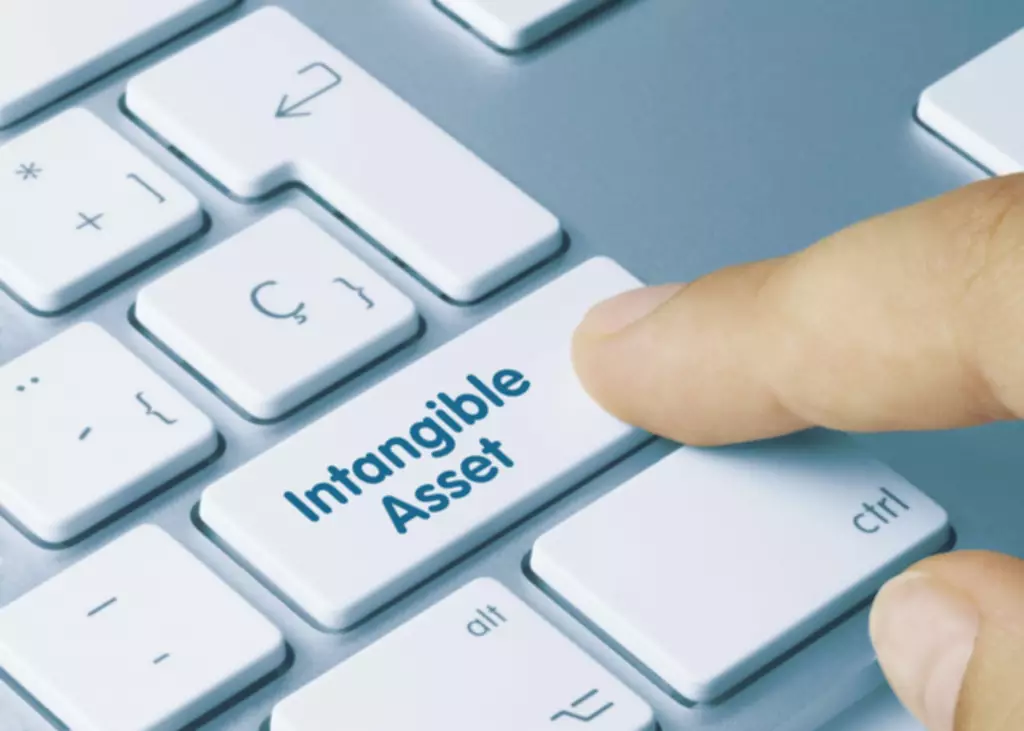Content

The gross cash burn formula converts these two inputs into months of operating runway. In this post, I’ll focus on the why, what, and how of cash burn rate.
This is more than just closing your wallet and not spending money. The burn rate is typically calculated in terms of the amount of cash the company is spending per month. This means, for example, if your burn rate is $10,000 per month, then you would need a cash balance of $180,000 to enable 18 months of continued operation before having to fundraise again. With the cost of goods sold, you’re now burning $10,000 a month.
How do you reduce your cash burn rate?
Calculate average deal size, win-loss rate, churn rate, and more. Upswing in expenses to promote growth without enough capital to back those expenses. Divide the difference by the number of months you’re assessing. Knowing the burn rate for your company can help you prevent potential headwinds and discover margin opportunities. Enter how much money you’re starting with under “starting balance.”
- If you haven’t added any investor funding, it could indicate that your revenues are finally greater than your expenses.
- Net burn rate can help you measure how much your business profits each month versus how much your business spends each month to keep the lights on, compared to your starting investment.
- Track your burn rate so you’ll know if your business concept works.
- If you calculate cash burn today, this is a point in time calculation!
- I exclude the major non-cash items to make our output a little more accurate.
- It’s essential to be tactical about where you are investing your new cash and plan for the timing of your next round of fundraising.
- Another option is to reduce your expenses by cutting back on frivolous spendings, such as travel or entertainment for employees.
The aim is, therefore, always for startups to reach a point where their operations finance activities with as few rounds as possible. Young companies should avoid incurring unnecessary capital expenditures, if any at all. Items should be rented as much as possible, instead of being purchased; this includes, of course, facilities, but also basic office equipment. It is also crucial that companies enter into agreements that offer flexibility to scale up or down as required.
SaaS
Simply put, burn rate is the net cash you are spending every month. If you have a labor intensive business with sky-high payroll costs, think about how you can reduce them. You may want to lay off non-essential employees, cut hours, or limit benefits.
Another area where many small businesses are inefficient is in advertising and marketing. Although you absolutely must invest in advertising and marketing in your business to ensure continued growth, you also must know if you are getting a return on these investments. If you don’t know what activities in advertising and marketing are generating revenue, you could be throwing away cash your business needs. The easiest way to increase revenue without increasing expenses is to improve your gross profit how to calculate burn rate margin. Analyze your pricing—many small business owners compete on price, when service, convenience, or some other factor might be the more significant value differentiator for your customers. There could be opportunities to increase your prices—even 1% to 3% could have a considerable impact on your margins while having a minimal effect on the price each customer pays. Any improvement to your gross profit margin will help you improve your business’s cash runway and lower your burn rate.
What Does a High Cash Burn Rate Mean?
It indicates that it is at a higher likelihood of entering a state of financial distress. This may suggest that investors will need to more aggressively set deadlines to realize revenue, given a set amount of funding. Alternatively, it might mean that investors would be required to inject more cash into a company to provide more https://quickbooks-payroll.org/ time for it to realize revenue and reach profitability. Looking back at our previous example, if our startup has $900,000 in cash remaining and has a burn rate of $100,000/month, we’ve got 9 months of runway—or nine months until we run out of cash. Gather the last few months’ financial reports and spend some time digesting them.

Through this article, I will address these points, including wider, more wider issues, such as whether having a high burn rate is necessarily a bad thing. Yet, raising funds results in dilution, so in theory, one should only raise exactly what is necessary. Especially as any kind of macroeconomic crisis could result in funding disappearing overnight. Accounts Receivable – push hard on cash collections and aging accounts.
For that reason, it’s important to recalculate burn rate each month and to use a long enough time period to ensure accuracy. Even if your revenue stays the same, a high client or customer churn rate can push your burn rate higher. Happy, loyal customers will continue spending money at your business, so it’s worth taking proactive measures to keep them around. When cash use increases because of a crisis or slow period, cash burn rate may be calculated on a weekly or daily basis to closely monitor the health of the business.
- Even if it’s spending $60,000 gross, the actual amount it is losing per month is $40,000.
- If you’ve found that your business has a high burn rate, you should find ways to clamp down on expenses your business is incurring and reduce your burn rate.
- Mere additional spend without supporting growth will raise eyebrows with investors.
- The first step to control your startup burn rate is to know at which stage of development you are in and then stick to elements essential to that stage before moving on to the next step.
- Nevertheless, all this talk is purely academic if we don’t have a sure handle on the way we actually calculate burn rate itself.
- Beginning to generate cash doesn’t eliminate the company’s burn rate.
Thus, it is important to not view the rate as a standalone metric when evaluating start-ups, since the contextual details can provide more insights into the reasoning for the high spending rate . A rapid pace of burn is not necessarily a negative sign, since the start-up might be operating in a very competitive industry. Recall that the gross rate variation takes into account solely the cash losses. Note that we are assuming that this is the cash balance as of the beginning of the period. First, we will calculate the “Total Cash Balance” line item, which is simply the existing cash-on-hand plus the funding raised. By understanding the spending needs and liquidity position of the start-up, the financing requirements can be better grasped, which leads to better decision-making from the perspective of the investor. If you see a sudden spike from one month to the next, dig deeper to see if it was caused by a one-time expense or an increase in a recurring cost, which could be more cause for concern.



